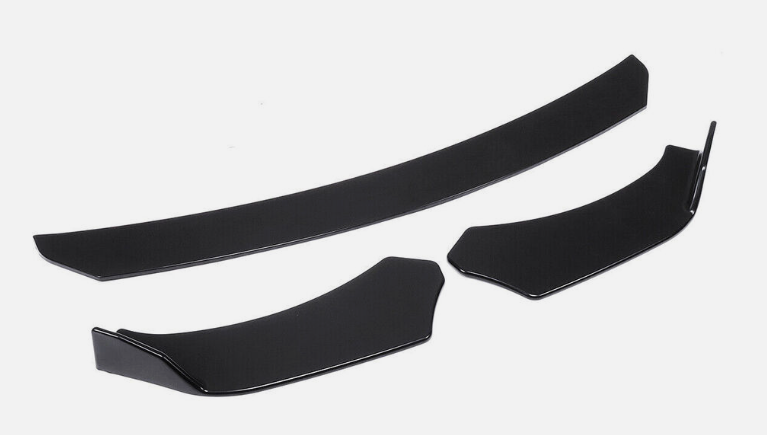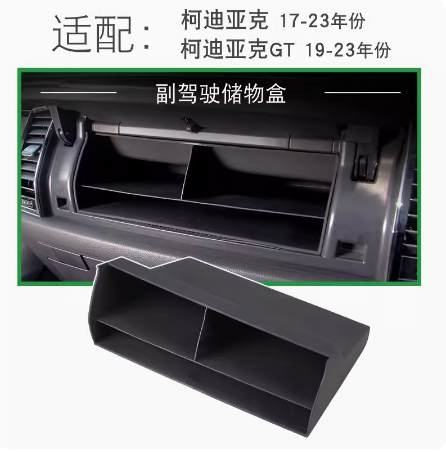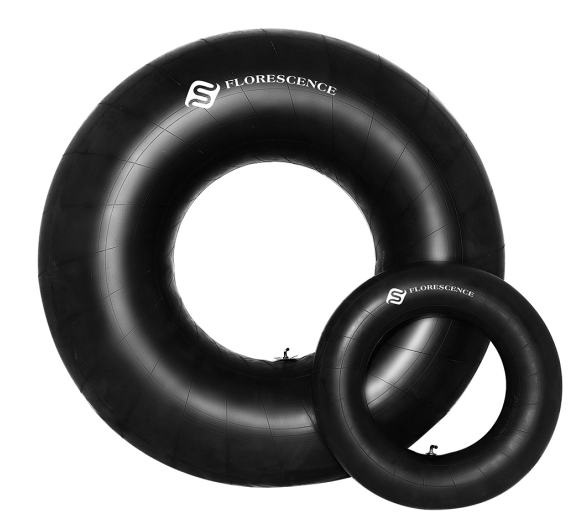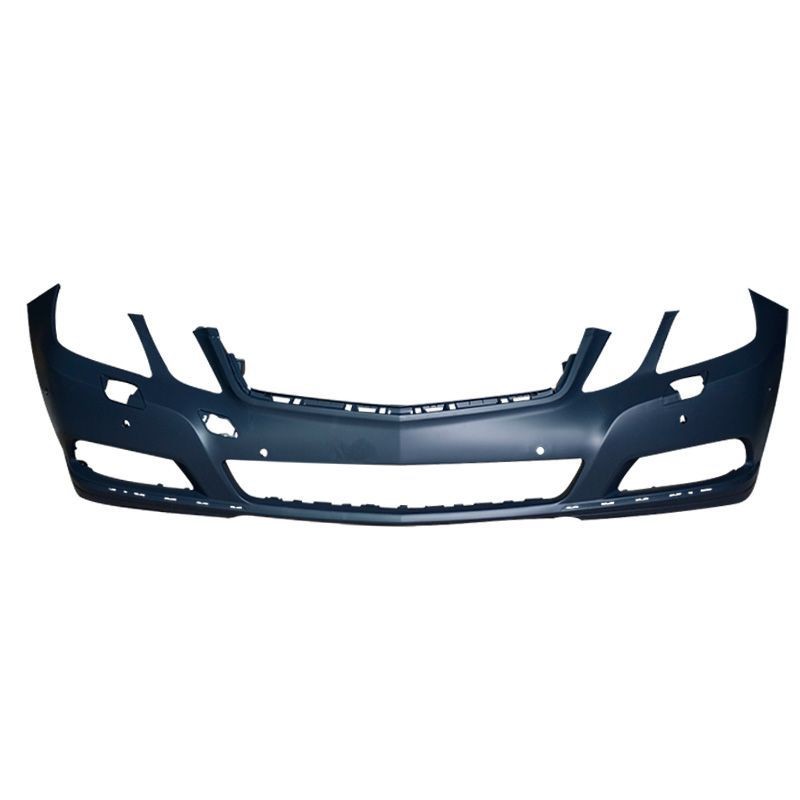Desiccant refers to a substance that can remove part of the water from humid substances. Such as calcium sulfate and calcium chloride , which are dried by combining with water to form hydrates ; physical desiccants, such as silica gel and activated alumina , are dried by physically adsorbing water. Moisture control is closely related to product yield. As far as food is concerned, under appropriate temperature and humidity, bacteria and mold in food will multiply at an alarming rate, causing food to spoil, causing moisture and discoloration. Change. Electronic products can also cause metal oxidation due to excessive humidity, causing defects. The use of desiccant is to prevent excess water from causing defective products.
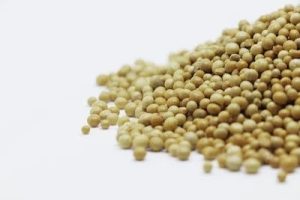
application #
physical adsorption #
Desiccant is suitable for preventing instruments, instruments, electrical equipment, medicines, food, textiles and other various packaged items from getting damp. Desiccant is also widely used during shipping, because goods often become damp and deteriorate due to high temperatures during transportation. Use dryers The agent can effectively remove moisture and prevent moisture, ensuring the quality of the goods.
1. Desiccant is used to protect bottled medicines and food from moisture. Ensure the dryness of the contents and prevent the growth of various miscellaneous molds.
2. The desiccant can be used as a general packaging desiccant to prevent moisture.
3. Desiccant can be conveniently placed in the packaging of various items (such as instruments, electronic products, leather, shoes, clothing, food, medicines and household appliances, etc.) to prevent items from getting damp, mildew or rust.
chemical adsorption #
1. Acidic desiccant: Concentrated sulfuric acid and phosphorus pentoxide are used to dry acidic or neutral gases. Concentrated sulfuric acid cannot dry the strongly reducing acidic gases of hydrogen sulfide, hydrogen bromide and hydrogen iodide; phosphorus pentoxide Cannot dry ammonia gas
2. Neutral desiccant: anhydrous calcium chloride, which can dry general gases, but anhydrous calcium chloride cannot dry ammonia and ethanol;
3. Alkaline desiccant: soda lime (mixture of CaO, NaOH, KOH), quicklime (CaO), NaOH solid, used for drying neutral or alkaline gases.
Use categories #
Special desiccant for pharmaceutical and health care products, biological reagents, and food industries. Features of special desiccant: high hygiene requirements, packaging materials certified by the US FDA, product compact, efficient, exquisite and environmentally friendly, with good compatibility and chemical stability.
According to the application environment, there are generally three situations:
(1) Use in small environments: The desiccant is placed directly in bottles, cans or other sealed bags to keep items in small environments dry.
(2) Use in medium environments: The desiccant is placed directly in the packaging carton (or packaging barrel, bag) for use to prevent the items in the packaging from getting damp.
(3) Use in large environments: The desiccant is directly placed in similar warehouses and containers for use to achieve the purpose of controlling the humidity of the large environment.
Classification introduction #
calcium chloride #
Calcium chloride desiccant is a highly efficient adsorption material whose main components are calcium chloride and gum starch. By chemically reacting water molecules with calcium chloride, it absorbs moisture from the surrounding environment and turns it into a gel, thereby achieving an adsorption effect, thus completely eliminating any possibility of leakage. Common silica gel desiccants can only absorb 10%-27% of their own weight, while calcium chloride desiccants can reach 300%. The moisture absorption rate is 8-15 times that of ordinary desiccants.
After completely absorbing moisture, it will not evaporate. After ordinary desiccants absorb moisture, the water vapor will evaporate and re-enter the air when encountering high temperatures. Because calcium chloride desiccant can fuse water vapor and calcium chloride into a gel, it is not easy to evaporate.
Can be used in ambient temperatures of -5℃~90℃. The active ingredient of calcium chloride desiccant has good stability and is difficult to react with other substances except water. It can be used in almost all marine environments.
Silica gel
It is a highly active adsorbent material. Its main component is silica . It is a highly active adsorbent material. It is usually produced by reacting sodium silicate and sulfuric acid, and undergoing a series of post-treatment processes such as aging and acid soaking. Silica gel is an amorphous substance with a shape of transparent irregular sphere and its chemical molecular formula is mSiO2.nH2O.
The chemical composition and physical structure of silica gel determine that it has many characteristics that are difficult to replace by other similar materials: high adsorption performance, good thermal stability, stable chemical properties, high mechanical strength, etc. The interior of the silica gel desiccant is an extremely fine pore network structure. These pores can absorb water and retain the water through its physical attraction. As a desiccant, it is widely used in aviation parts, computer devices, electronic products, and leather. Drying and moisture-proofing in products, medicine, food and other industries. Even if the silica gel desiccant is fully immersed in water, it will not soften or liquefy. It is non-toxic, odorless, non-corrosive and non-polluting, so it can be in direct contact with anything.
The most suitable hygroscopic environment for silica gel desiccant is room temperature (20~32℃) and high temperature (60~90℃). It can reduce the relative humidity of the environment to about 40%, so the application range of desiccant is very wide.
Safety performance of silica gel
Silica gel can have a drying effect on human skin. Therefore, work clothes should be worn during operation. If silicone gets into your eyes, rinse with plenty of water and seek medical treatment as soon as possible. Silica gel desiccant is the only desiccant certified by the US FDA and can be used in direct contact with food and drugs. If accidentally ingested, it will not cause harm to the human body and will not be absorbed by the human body. It can be naturally excreted with feces.
Montmorillonite #
Clay desiccant looks like a small gray ball and is most suitable for absorbing moisture in an environment below 50°C. When the temperature is higher than 50℃, the degree of “water release” of clay is greater than the degree of “water absorption”. But the advantage of clay is that it is cheap.
Montmorillonite desiccant was discovered and used in the field of desiccant by the German Southern Chemical Company in the 1980s. It has gradually become one of the mainstream mineral desiccant raw materials in the world due to its low price and good adsorption effect.
Montmorillonite desiccant is also called bentonite desiccant and clay desiccant.
Montmorillonite desiccant colors are: purple, gray, purple-red
Features:
①Environmental protection: Made of pure natural montmorillonite desiccant as raw material, it is made by drying and activation. It does not contain any additives and soluble substances. It is a non-corrosive, non-toxic, non-pollution, green and environmentally friendly product; it can be used as general waste after use. It does not pollute the environment and can be degraded naturally.
②Adaptability: The moisture absorption performance can remain stable in various temperature environments;
③Moisture resistance: Good moisture absorption performance, the saturated moisture absorption rate is more than 50% of its own weight, which is 1.5 times that of traditional desiccants.
molecular sieve #
Molecular sieve desiccant is a synthetic desiccant product with strong adsorption to water molecules. It is a crystalline aluminosilicate compound with regular and uniform pores in its crystal structure. The pore diameter is on the order of the molecular size. It only allows molecules with a diameter smaller than the pore size to enter, so it can sieve the molecules in the mixture according to size, so it is called molecular sieve. Its pore size can be controlled through different processing techniques. In addition to adsorbing water vapor, it can also adsorb other gases. It can still hold water molecules well at high temperatures above 230°C.
Characteristics of molecular sieve desiccant:
① Under ultra-low humidity conditions, it can still absorb a large amount of water vapor in the environment and effectively control the environmental humidity;
② It absorbs moisture very quickly and absorbs a large amount of water vapor in a very short period of time.
mineral #
Active mineral desiccant, also known as attapulgite desiccant, is refined from the pure natural raw material mineral attapulgite and active hygroscopic agent through activation treatment. It is green, environmentally friendly, non-toxic, tasteless, and does no harm to the human body. It has good adsorption activity, static dehumidification and odor removal at room temperature and normal humidity. Because it contains chloride ions, it cannot be in direct contact with food, medicine, metal, etc. It is widely used in dry air sealing of products that cannot be sealed by oil seal or gas phase, such as optical instruments, electronic products, medical health care, food packaging, military products and civilian products.
Mineral desiccant features:
①Good moisture absorption ability under high humidity;
②Moisture absorption capacity under high temperature is better than MonExcellent in stone removal.
static drying #
Definition: A certain amount of adsorbent and a certain amount of solution reach equilibrium after a long period of full contact. (The liquid or gas to be processed is stirred and mixed with the adsorbent, and the liquid or gas to be processed does not flow through the adsorbent from top to bottom. This adsorption operation is called static adsorption.)
application:
1. Moisture-proof packaging: cameras and photosensitive materials, precision instruments/electrical appliances, food, medicines, shoes, clothes, leather, weapons, telecommunications equipment, etc.
2. Air dehumidification: home closets, cabinets, floors, musical instruments, etc.
dynamic drying #
Definition: Fill an adsorption column with a certain weight of adsorbent, and let a solution with a certain concentration flow through it at a constant temperature and at a constant speed to measure the penetration adsorption capacity and equilibrium adsorption capacity. (The adsorption in which the liquid or gas to be processed flows from top to bottom through the adsorbent is called dynamic.)
application:
1. Air drying: warehouses, ship warehouses, pharmaceutical factories, precision machinery, electronic equipment manufacturing plants, compressed air, instrument air drying.
2. Industrial gas dehydration and refining: hydrogen, oxygen, nitrogen, chlorine, CO2, acetylene, ethylene, methane, ethane, propane, SO3, SO2, natural gas, and coal gas.







